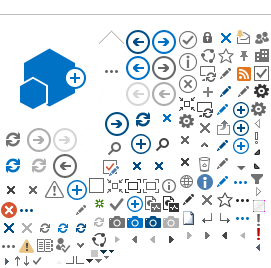November
2003
Volume
80
Number
6
Pages
637
—
644
Authors
M. S.
Izydorczyk
,
1
,
2
J. E.
Dexter
,
1
R. G.
Desjardins
,
1
B. G.
Rossnagel
,
3
S. L.
Lagasse
,
4
and
D. W.
Hatcher
1
Affiliations
Canadian Grain Commission, Grain Research Laboratory, 1404-303 Main St., Winnipeg, MB, R3C 3G8, Canada. Contribution no. 292.
Corresponding author. Phone: 204-983-1300. Fax: 204-983-0724. E-mail: mizydorczyk@grainscanada.gc.ca.
Crop Development Centre, University of Saskatchewan, Saskatoon, SK, S7N 5A8, Canada.
Dept. Food Science, University of Manitoba, Winnipeg, MB, R3T 2N2, Canada.
Go to Article:
RelatedArticle
Accepted January 29, 2003.
Abstract
ABSTRACT
Roller milling of hull-less barley generates mill streams with highly variable β-glucan and arabinoxylan (AX) content. For high β-glucan cultivars, yields >20% (whole barley basis) of a fiber-rich fraction (FRF) with β-glucan contents >15% can be readily obtained with a simple short mill flow. Hull-less barley cultivars with high β-glucan content require higher power consumption during roller milling than normal β-glucan barley. Recovery of flour from high β-glucan cultivars was greatly expedited by impact passages after grinding, particularly after reduction roll passages. Pearling before roller milling reduces flour yield and FRF yield on a whole unpearled barley basis, but flour brightness is improved and concentration of β-glucan in fiber-rich fractions increases. Pearling by-products are rich in AX. Pearling to 15–20% is the best compromise between flour and FRF yield and flour brightness and pearling by-products AX content. Increasing conditioning moisture from 12.5 to 14.5% strongly improved flour brightness with only a moderate loss of flour yield on a whole unpearled barley basis. As moisture content was increased to 16.5%, flour yield declined without a compensating improvement in brightness, but the yield of fiber-rich fraction continued to increase and concentration of β-glucan in FRF also increased.
JnArticleKeywords
ArticleCopyright
This article is in the public domain and not copyrightable. It may be freely reprinted with customary crediting of the source. American Association of Cereal Chemists, Inc., 2003.
